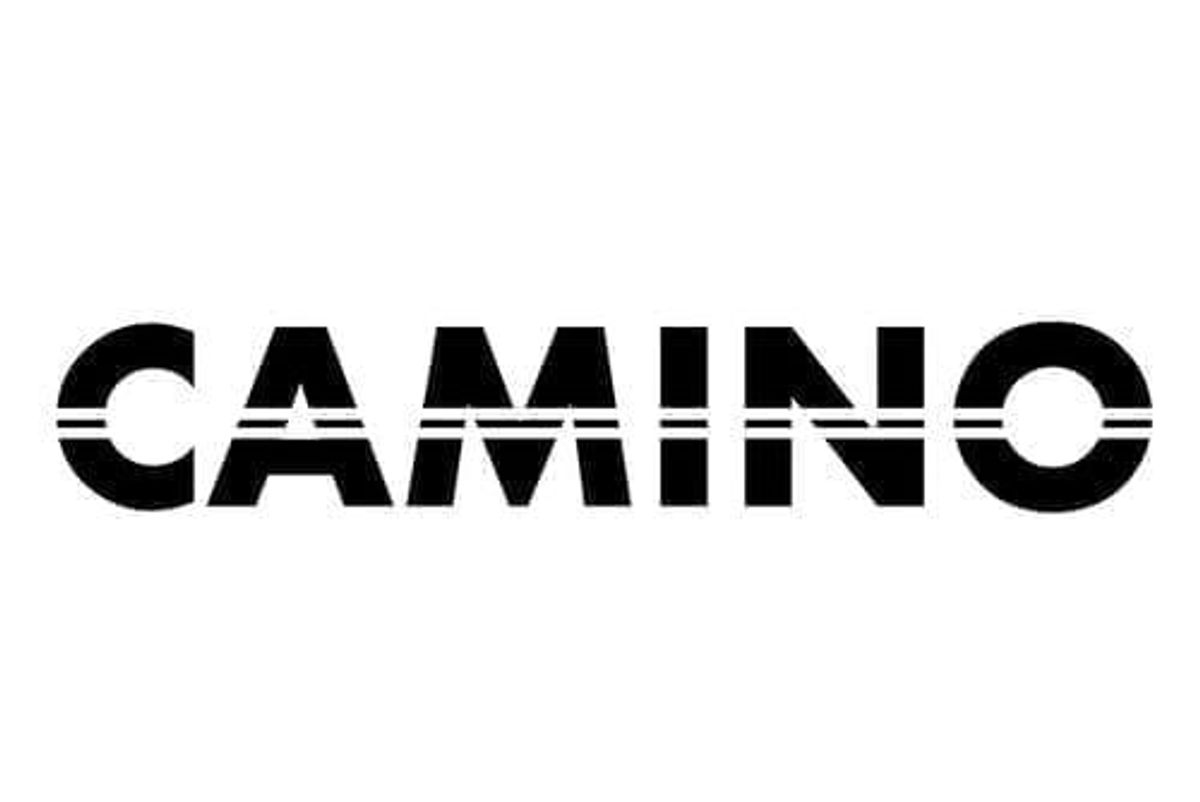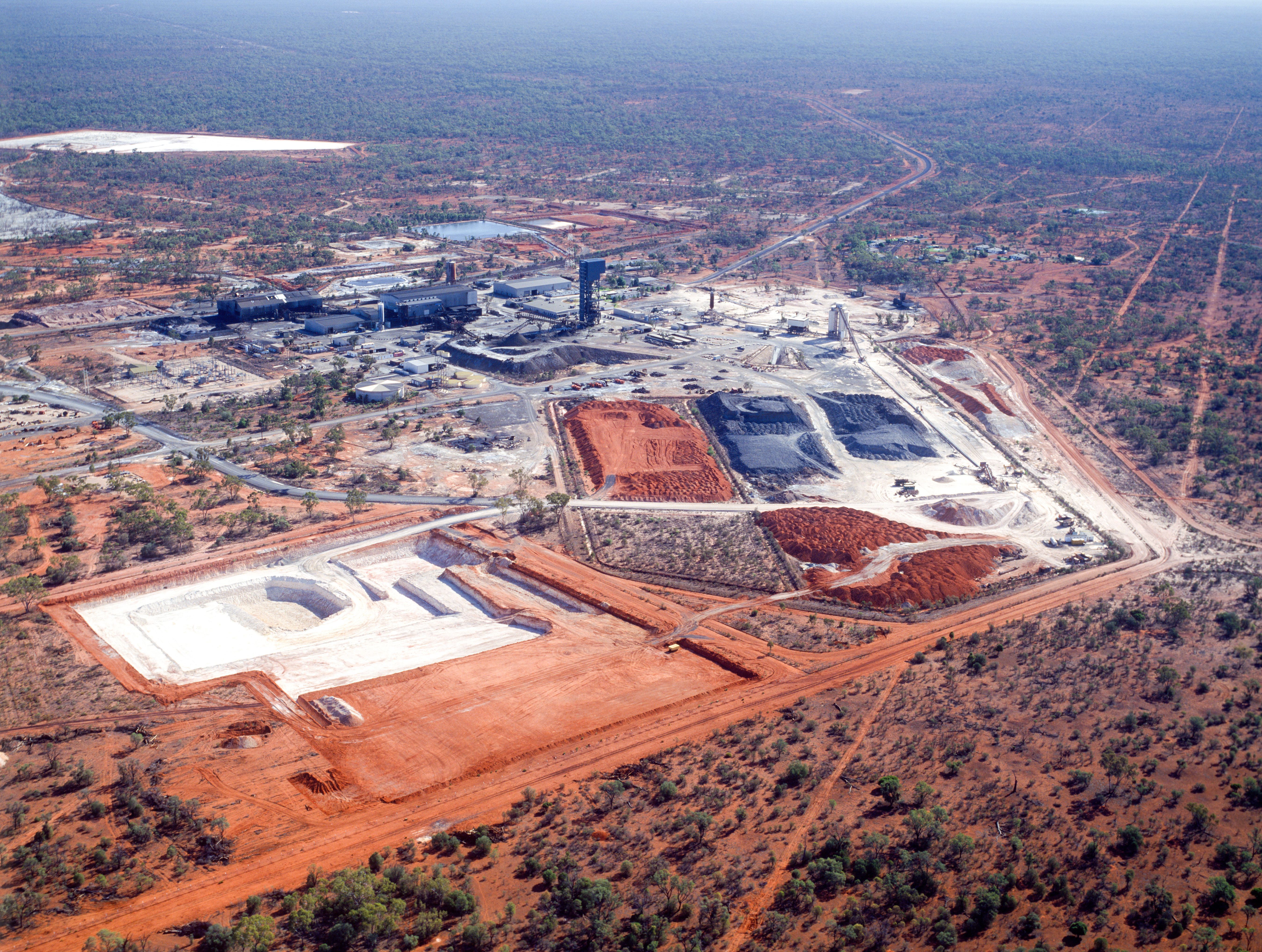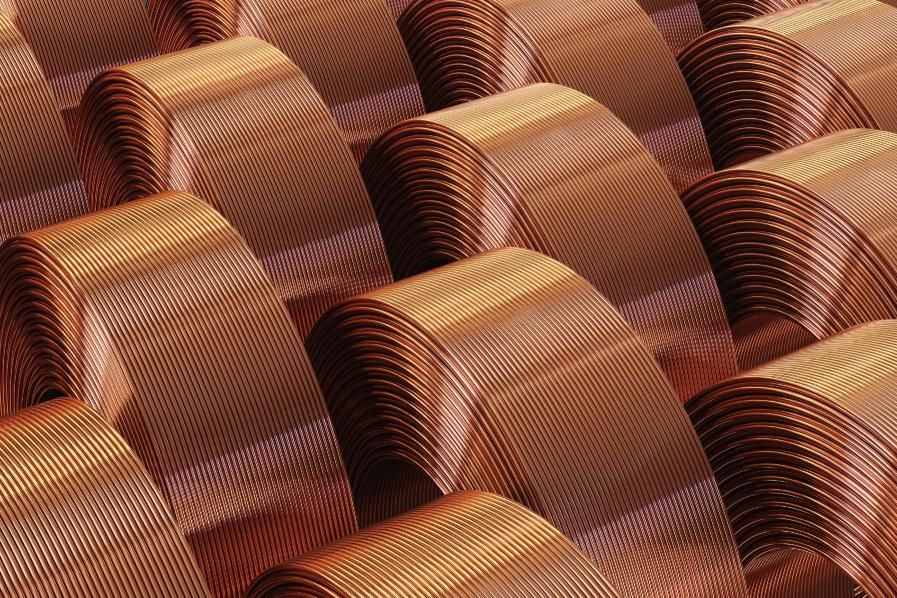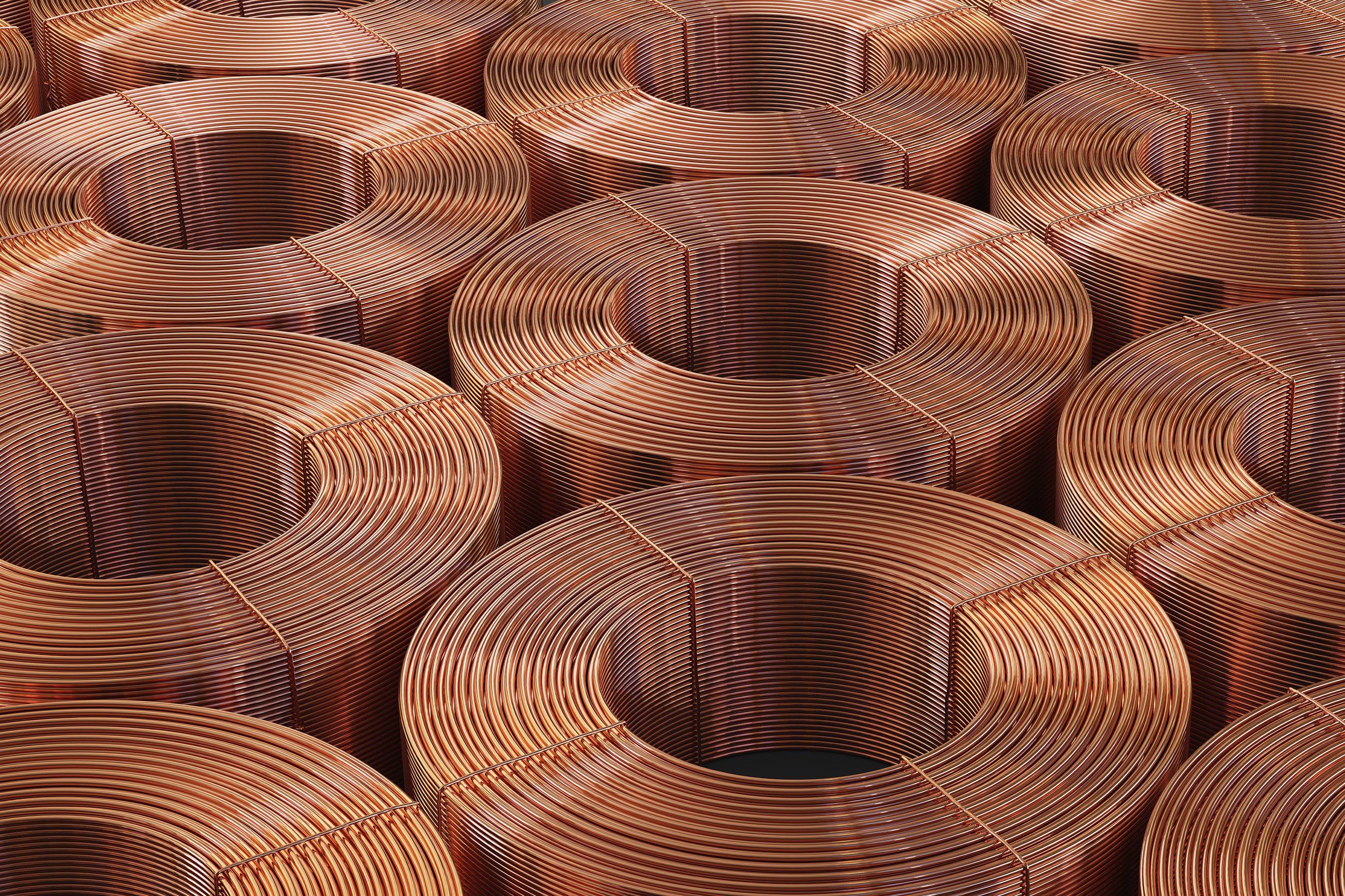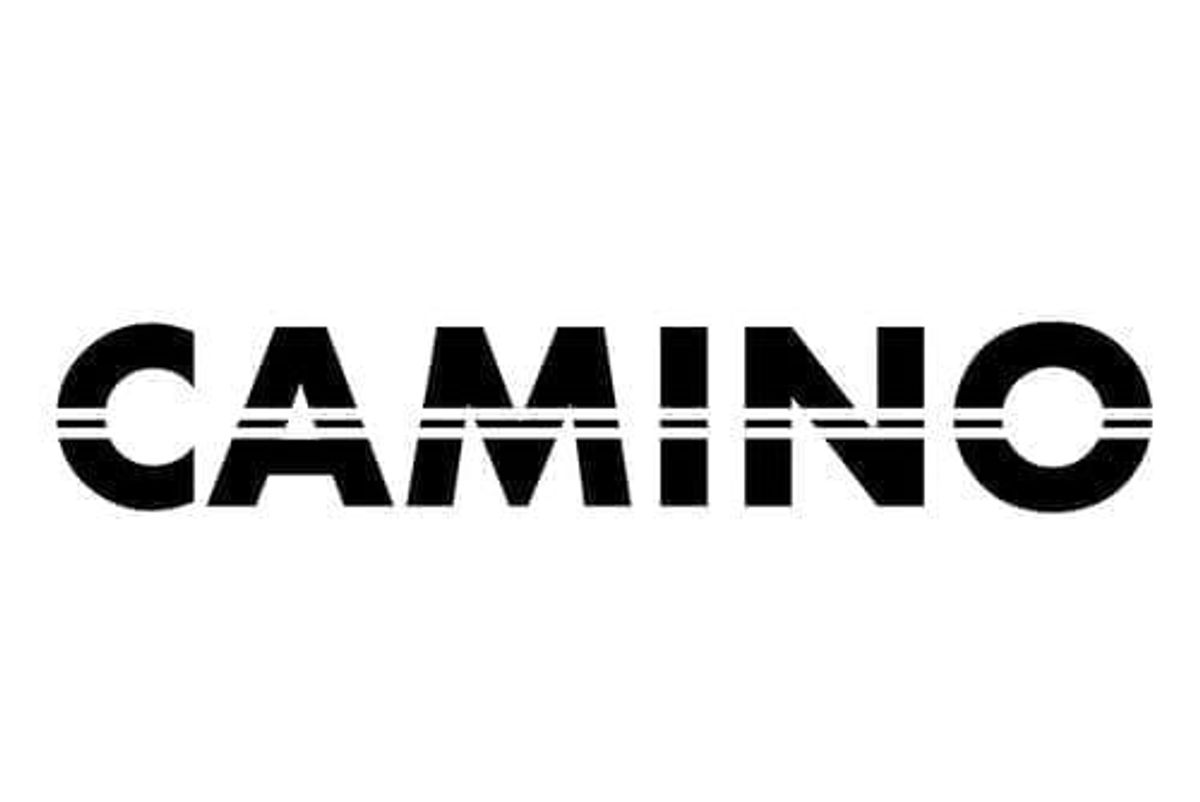
Camino Corp. (TSXV:COR)(OTC PINK:CAMZF)(WKN:A116E1) ("Camino" or the "Company") is pleased to announce that it has retained services of GOLDINVEST Consulting GmbH ("GOLDINVEST"), Mezzo Consulting Services S.A. ("Mezzo Consulting"), Proactiveinvestors North America Inc. ("Proactive"), and GoldStockTrades.com (Gold Stock Trades) (collectively the "Service Providers") to build awareness and provide marketing and communication services for the Company to enhance its current efforts. The Service Providers are positioned to reach broad investor audiences in Europe and North America through their proprietary social networks, editorials, and media
"Copper is the enabling metal for global electrification and Camino has assembled new discovery copper assets in Peru, the world's second largest producer. We have developed a corporate strategy that, we believe, can attract a much larger audience and investor base." said Jay Chmelauskas, President and CEO of Camino Corp. "We will continue updating our investors on the progress of exploration campaigns at Los Chapitos and Maria Cecilia in 2021. We also plan to educate investors about our ESG initiatives, exploration and development activities, and the macro supply/demand dynamics of a forecasted global copper deficit. Our comprehensive marketing campaign is designed to grow our investor base as we grow our copper asset base and build long term value in the sector."
- The term of the service agreement with GOLDINVEST is twelve months, commencing June 15, 2021. In consideration of the services to be provided, Camino will pay a retainer fee of CAD $7,500 per quarter.
- The term of the service agreement with Mezzo Consulting is twelve months, commencing June 15, 2021. In consideration of the services to be provided, Camino will pay a retainer fee of CAD $15,000 bi-annually.
- The term of the service agreement with Proactive is twelve months, commencing June 15, 2021. In consideration of the services to be provided, Camino will pay a retainer fee of CAD $12,500 bi-annually.
- The term of the service agreement with Gold Stock Trades is twelve months, commencing June 15, 2021. In consideration of the services to be provided, Camino will pay a retainer fee of USD $14,200 per quarter.
About GOLDINVEST Consulting GmbH
GOLDINVEST.de is an online platform that follows the development of select mining and exploration companies. The editorial team focuses on companies in the precious metals sector, like gold, silver, platinum, palladium. GOLDINVEST also covers companies in the non-ferrous metals sector as well as strategic metals and energy resources. The editors of GOLDINVEST.de offer their readers commentary as well as exclusive background reports on the commodity markets.
About Mezzo Consulting Services S.A.
Mezzo Consulting is a Germany-based investor and capital markets and investment advisory with a focus on mining stocks.
About Proactiveinvestors North America Inc.
Proactive enables companies and investors to connect intelligently. We are one of the fastest growing financial media portals in the world, providing breaking news, commentary and analysis on hundreds of listed companies and pre-IPO businesses across the globe, 24/7. And, uniquely, our renowned multi-media business is complemented by quality events management, smart investor relations delivery and a highly respected research offering.
About GoldStockTrades.com
Gold Stock Trades Editor Jeb Handwerger is a highly sought-after stock analyst and best-selling writer syndicated internationally and known throughout the financial industry for his accurate, in depth and timely analysis of the general markets, particularly as they relate to the precious metals, nuclear and rare earth sector.
About Camino Minerals Corporation
Camino is a discovery and development stage copper exploration company. The Company is focused on advancing its high-grade Los Chapitos copper project located in Peru towards potential resource delineation and new discoveries. In addition, the company has commenced field studies at its copper and silver Plata Dorada project. Camino is currently closing the acquisition of the Maria Cecilia copper porphyry. The Company seeks to acquire a portfolio of advanced copper assets that have the potential to deliver copper into an electrifying copper intensive global economy. For more information, please refer to Camino's website at www.caminocorp.com.
ON BEHALF OF THE BOARD
/S/ "Jay Chmelauskas"
President and CEO
For further information, please contact:
Camino Investor Relations
info@caminocorp.com
Tel: (604) 608-4513
Neither TSX Venture Exchange nor its Regulation Services Provider (as that term is defined in the policies of the TSX Venture Exchange) accepts responsibility for the adequacy or accuracy of this release.
Cautionary Note Regarding Forward Looking Statements: Certain disclosures in this release constitute forward-looking information. In making the forward-looking disclosures in this release, the Company has applied certain factors and assumptions that are based on the Company's current beliefs as well as assumptions made by and information currently available to the Company. Forward-looking information in the release includes the potential for large bulk mining IOCG ore bodies at Lidia, the prospectivity of future exploration work on the Los Chapitos, Plata Dorada, and Maria Cecilia projects, or that actual results of exploration and engineering activities are consistent with management's expectations. Although the Company considers these assumptions to be reasonable based on information currently available to it, they may prove to be incorrect, and the forward-looking information in this release is subject to numerous risks, uncertainties and other factors that may cause future results to differ materially from those expressed or implied in such forward-looking information. Such risk factors include, among others, that actual results of the Company's exploration activities will be different than those expected by management, that the Company will be unable to obtain or will experience delays in obtaining any required approvals and the state of equity and commodity markets. Readers are cautioned not to place undue reliance on forward-looking statements. The Company does not intend, and expressly disclaims any intention or obligation to, update or revise any forward-looking statements whether as a result of new information, future events or otherwise, except as required by law.
SOURCE: Camino Minerals Corp.
View source version on accesswire.com:
https://www.accesswire.com/652039/Camino-to-Launch-Marketing-Campaign-Ahead-of-Planned-Exploration-and-Corporate-Development-Initiatives
